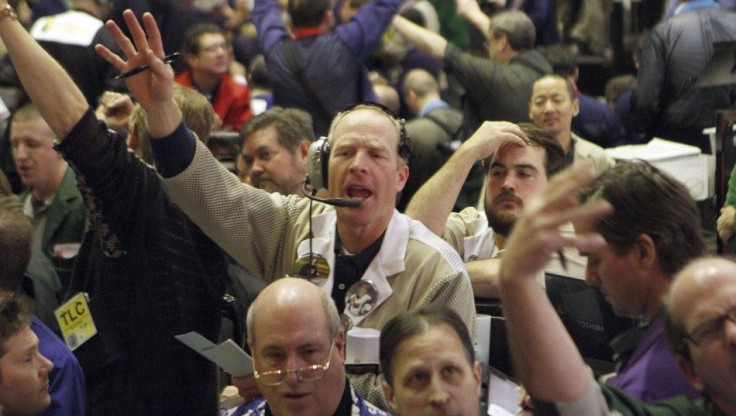Are speculators driving food inflation? We now have more evidence

There is now more evidence that speculators are pushing up the prices of food commodities.
Food inflation is accelerating, no matter where you look or what metric you use. In some places it’s even rampant and disruptive.
In places like China and India, it’s north of 10 percent year-on-year and has forced the government to enact drastic measures.
In the Arab world, it is partly responsible for the massive protests and the toppling of regimes.
Food prices have risen because weather conditions and natural disasters have disrupted harvests.
On the demand side, the growing middle class in emerging market economies are buying more food, which is natural as these people get richer.
However, aside from these natural factors that have pushed up food prices, rampant speculation have driven them even higher.
Speculation is a natural part of the futures market for food commodities; commercial operators (i.e. the buyers and producers of the commodities in the real economy) need speculators to provide them with liquidity.
However, when speculation is one-sided and comes to dominate the market, damaging distortions occur.
Recently, the food commodities market has been pushed higher by the influx of mostly bullish speculators.
The latest Commitment of Traders report confirm that commercial-end users account for a surprisingly small portion of the contracts held. Moreover, speculators overwhelmingly bought long contracts.
In wheat traded on the Chicago Board of Trade, reported commercial-end users held only 306,000 contracts, while swap dealers and managed money (which are non-commercial) held a combined 346,000 in their long-short positions. They held another 78,000 in spread positions.
Swap dealers and managed money are long 276,000 contracts versus short 69,000 contracts.
Furthermore, the market’s price action betrays signs of rampant speculation.
On Tuesday February 22, agricultural commodities – wheat, corn, soybean – plunged, while oil futures soared, as tensions in Libya escalated.
It’s unlikely that the outlook for the consumption and production of wheat, corn, and soybean all dramatically changed simultaneous – rather, it’s more likely that speculators in agricultural commodities decided to reposition their trades.
Why have an abnormally high number of speculators piled into agricultural commodities?
US monetary policy is at the heart of the matter.
Because interest rates are so low, returns of investment-grade and government bonds are low and speculators therefore compelled to seek higher returns elsewhere.
Moreover, the (expected) devaluation of the dollar from the Federal Reserve’s program of quantitative easing has made physical assets attractive to investors.
These two factors induce hordes of speculators to open long positions in agricultural commodities.
This development, of course, is unhealthy for the real economy. The obvious harm is that it pushes up the cost of food prices beyond what physical supply-and-demand factors would alone dictate.
On a more fundamental level, this was never the intention of agricultural commodity exchanges, which were created to reduce volatility and unpredictability for producers and buyers of agricultural products.
Email Hao Li at hao.li@ibtimes.com
Click here to follow the IBTIMES Global Markets page on Facebook
Click here to read recent articles by Hao Li
© Copyright IBTimes 2024. All rights reserved.





















